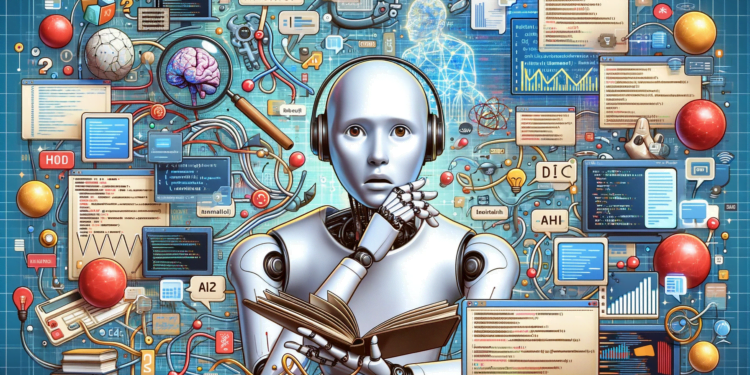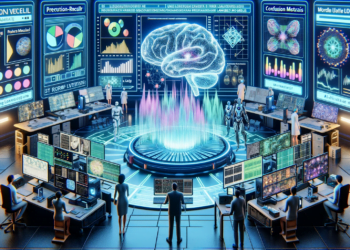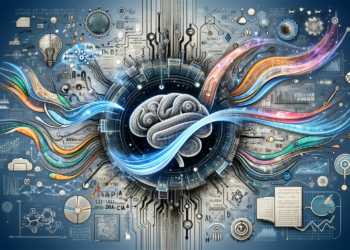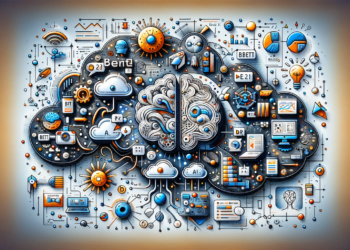Artificial Intelligence (AI) and, specifically, Natural Language Processing (NLP) models, have made significant strides over the last decade. From the conceptualization of rule-based algorithms to the advent of bold, context-aware predictive models like GPT-3 and Transformer, NLP has unlocked new capabilities and applications. However, when deploying these language models in real-world settings, we encounter challenges that are not only inherent to the technology but also arise at the intersection with social and regulatory spheres. In this article, we unravel the complexity of such challenges, framing the discussion through the prism of applied case studies and cutting-edge theories.
Technological Advances and Their Inherent Limitations
Transformer-based AI models have literally transformed our understanding and generation of natural language in machines. Their ability to process text sequences and consider relationships between all words in a sentence, regardless of the distance separating them, has resulted in unprecedented performance in NLP tasks such as machine translation, text summarization, and content generation.
To illustrate the current limits, in a study published at the ACL 2022 conference, researchers subjected the GPT-3 model to a series of advanced reading comprehension tests. The results showed an impressive surface-level understanding of text; however, the model often failed to infer conclusions based on real-world knowledge or apply critical reasoning, reflecting the challenges that persist in deep language comprehension.
Ethical Dilemmas and Data Bias
Beyond technical issues, NLP models present significant ethical challenges, particularly regarding bias and fairness. By feeding on vast datasets of real-world text, models inherently reflect and perpetuate existing cultural and linguistic biases. A study by MIT demonstrated how NLP models can replicate and amplify gender and race biases, leading organizations to reconsider how and where they apply these technologies.
Integration into Complex Social Systems
Integrating NLP models into real-world applications also requires careful consideration of the social systems in which they operate. For example, in the healthcare domain, AI-powered assistants must handle specialized terminology and adapt to patients’ emotional contexts. A case study in JAMA revealed how these models can enhance the efficiency of clinical documentation, but require meticulous design to avoid critical misunderstandings in treatment directives.
Regulations and Privacy
The current regulatory framework presents another set of challenges for the implementation of language models in practical applications. The recent European legislation on AI, the AI Act, recognizes the need to regulate high-risk algorithms, demanding transparency and accountability in AI applications. This implies that language models must be designed with explainability mechanisms and be capable of justifying the decisions made, especially in critical sectors like finance, legal, or healthcare.
Sustainability and Computational Costs
Finally, the sustainability of these models cannot be overlooked. Building and operating massive neural networks entails a considerable carbon footprint. According to a report from the University of Massachusetts Amherst, training a single AI model can generate up to five times the carbon emissions of an average car throughout its entire lifespan. Energy efficiency and computational cost are becoming critical considerations for the implementation of AI models at scale.
Toward the Future
Looking ahead, AI must address these challenges by balancing technical advances with ethical responsibilities and regulations. Recent research points towards the optimization of language models using techniques such as knowledge distillation, which seeks to compact the information learned by a large model into a smaller, more efficient one, or the development of models capable of reasoning with greater depth and sector-specific expertise, increasing their practical utility and broader adoption.
In conclusion, the deployment of language models in real-world applications requires a holistic approach that considers not only technical performance but also social, ethical, and environmental impacts. As AI integrates more into everyday life and critical sectors of society, it is imperative that the development of these models proceeds with caution, seeking a balanced and sustainable benefit for humanity. The case studies and theories presented in this article not only reflect the current situation but also provide a roadmap for responsible innovation in the field of natural language processing and artificial intelligence at large.






















